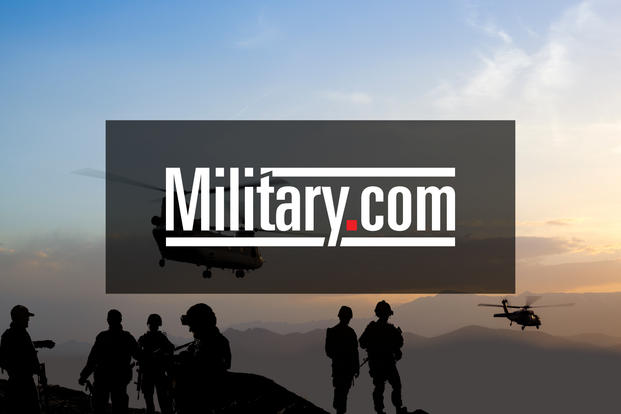Maneuver officials at Fort Benning, Ga., want to redesign training for scout units to arm them with battlefield skills often taught to Special Forces teams.
Maj. Gen. H.R. McMaster, the commander of the Army’s Maneuver Center of Excellence, said Wednesday that ground combat units in the future will need to be more adept at understanding the cultures of their battle space.
Reconnaissance units, because they operate forward of the main force, will need more training to help them quickly build relationships that will help the soldiers gather battlefield intelligence.
Scout units will need some skill sets “previously associated with Special Forces, and those are in the areas of foreign internal defense and combat advisory skills,” McMasters said.
“So if there is a Mali-type scenario and a brigade is deploying there, that reconnaissance squadron has the ability to connect with indigenous personnel, develop an understanding alongside those indigenous forces while providing them combine arms capabilities, communications and so forth, necessary to secure an area in advance of follow-on operations or as part of an effort to prevent conflict and shape an environment consistent with our interests,” McMasters said.
McMaster focused on upcoming changes to leader development, training, doctrine and equipping of the Army’s maneuver ground forces in his speech at the Center for Strategic and International Studies in Washington, D.C.
McMaster named leader development as the maneuver center’s top priority in the coming years. Fort Benning officials are inventorying “all of the competencies we want to develop in our leaders” and searching for more ways to rely on distance learning and interactive learning as an alternative to live training.
The Army will be updating maneuver doctrine next year to include new threat capabilities that potential adversaries are likely to bring to bear in the future. Maneuver forces will face an enemy armed with stronger networking capabilities and newer, more robust anti-armor weapons, McMaster said.
In the area of combat development and equipping maneuver units, McMaster said the Army is developing some type of mobile protected firepower that would arm light infantry units with a deployable system similar to the Stryker Mobile Gun System.
This is particularly important in forced entry operations, McMaster said.
“We should not have to have the John Abizaid in Grenada [scenario] in the future, a Ranger company commander having to commandeer a bulldozer to close with a machine gun position after jumping in to seize an airfield. We need to provide a mobile protected firepower capability to our infantry formations that is not a 70-ton answer to everything,” McMasters said.
In recent months, Training and Doctrine Command officials have stressed in recent months that the Army must not forget the lessons it has learned in the area of teaming conventional units with a Special Forces Operational Detachment Alpha, known as an ODA.
McMasters said that training scout units to use Special-Forces style techniques is no substitute for working closely with these specialized units.
“There are certain skill sets that only our Special Forces can do and are the best at,” McMasters said referring to unconventional warfare operations. “You are not going to see conventional forces operate in that role.”
But some missions can overlap such as those that involve helping indigenous populations with foreign internal defense and serving in a combat-advisory role in some cases, he said.
“You should think of a scout section in the future – in an Amy brigade that’s 12 soldiers and two Bradley fighting vehicles,” McMasters said. “They ought to have the capability to be an ODA minus … with chain guns and with [communications] and access to joint fires.”





























